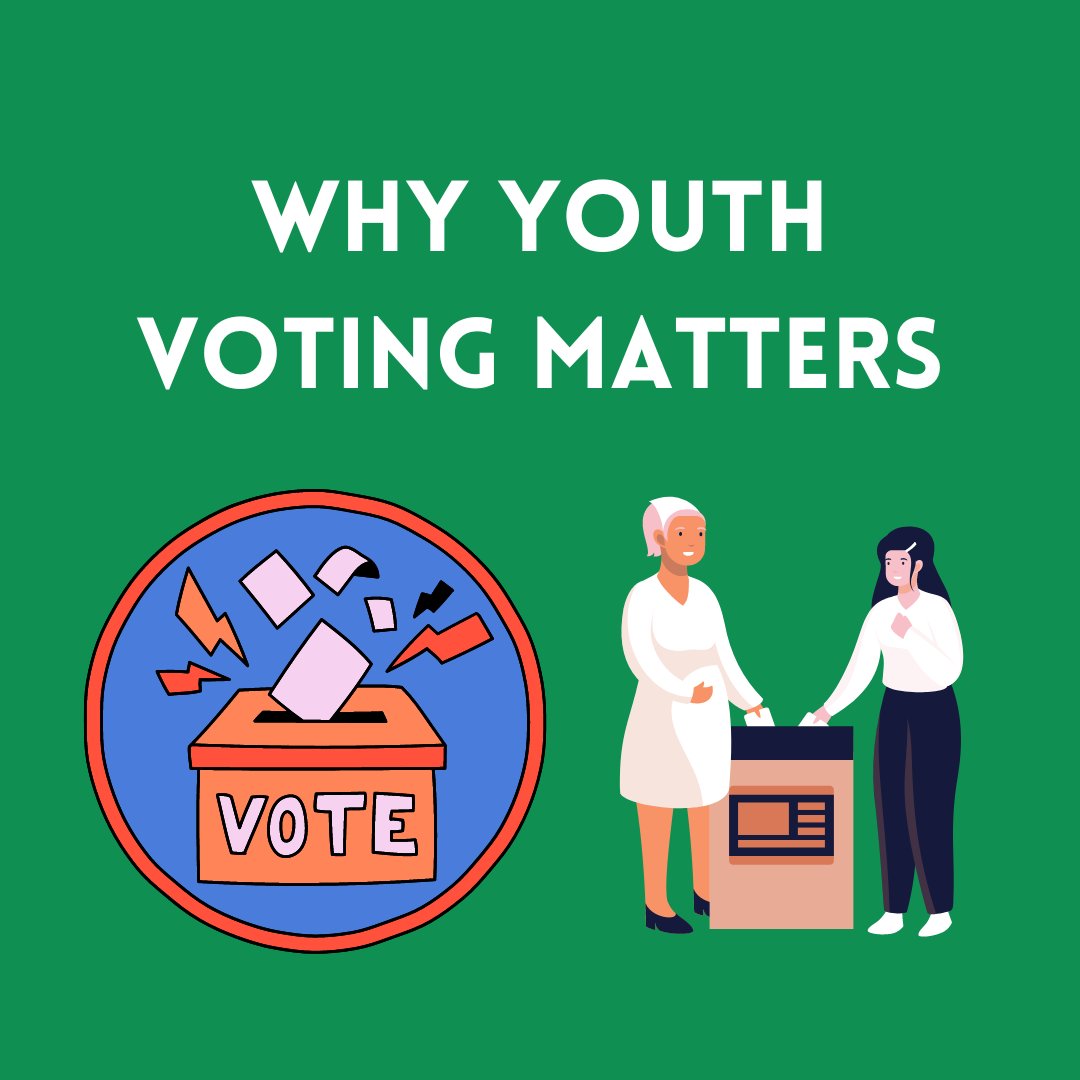Slang is an ever-present part of youth, one of the many commonalities that people share. While some of the older generation may consider slang a patchwork of simplistic words that result in challenges for people to communicate efficiently, such terms are important components of adolescent culture.
For high school students, slang allows them to define new ideas that are not conventionally defined by the formal English language. For instance, ”ghosting,” a verb describing the act of ending a relationship or conversation by cutting off all communication without explanation, cannot be as easily and briefly described conventionally. Other examples include “flexing,” “simping” and “vibing,” all terms defining an idea, largely unique to the modern day. Senior Tanvi Gurav expresses similar opinions. “I think that with technology and culture changing so dramatically in the past few years, new actions and ideas which have only recently become possible, don’t have a word to describe them” she explained.
This is how language has evolved for thousands of years. Language is not static; it is constantly changing in response to the culture and environment in which it is used.
A second important element slang brings is that students strongly identify with it, in comparison to less–used complex terms. While students are used to hearing complex terms spoken by their parents, teachers and older acquaintances in matters that do not concern them or are unrelatable, slang is used in more relatable cases to describe familiar experiences and recurring ideas. West Ranch Junior Eldana Parhat explains, “We are a lot more used to hearing slang than the words we are taught in our English classes, words we don’t hear a lot, and when we do, they are in topics we can’t relate to.” Slang provides a more familiar alternative that students are more keen to use.
A third factor behind the importance of slang is that it fosters creativity. At West Ranch, students are fortunate to be near many teachers with amazing personalities, humor and teaching abilities. In these environments, many students create their slang terms to use, which is not only a more identifiable form of communication but also allows them to express their creativity in ways they cannot with the more restrictive, formal vocabulary. For instance, Junior Elijah Kopp and his friends use the term “gobbler” as both a noun and an adjective to emphasize a term or to define something that continuously appears with no apparent meaning. Elijah Kopp explains, “Gobbler came from AP Human Geography, where we read a native song where the term ‘gobbler’ kept coming up. We did not know what it meant, but we used it as a sort of friendly tease to describe something that kept coming up without a reason.”
A fourth factor behind slang’s utility is how it saves students’ syllables. In the academically rigorous and competitive environment of West Ranch, time is scarce, and it helps to be able to say in one word what one would normally say in seven. This is also beneficial in increasing the speed of a conversation and brings many different advantages. As one example of effective abbreviation, the term “FOMO” cleverly captures the longer term, fear of missing out, to just two syllables. These abbreviations play a critical role in fact, in text conversations, a newer innovation that many West Ranch students became accustomed to at an early age. The speed provided by abbreviations helps reduce the wait behind text messages, allowing digital conversations to feel more natural and continuous. Other examples of abbreviations include “TMI,” “OFC,” “ICYMI,” “LMK,” “SMH” and “LOL.”
While some may argue that slang creates a language barrier between generations, this is likely not a cause of slang itself, but of changing experiences and values. The inability to relate to someone is often a bigger detriment to communication than small differences in word usage. Sophomore Rahm Mehra shared, “It’s a lot more difficult to communicate, say to a teacher, when you and that teacher have had completely different life experiences, than if the teacher isn’t as familiar with slang.”
Consequently, slang contributes to the culture and identity of West Ranch students, allowing Wildcats to think of new ideas, use identifiable terms, express their creativity and increase the speed of conversations.









